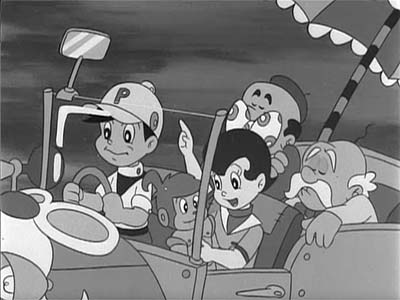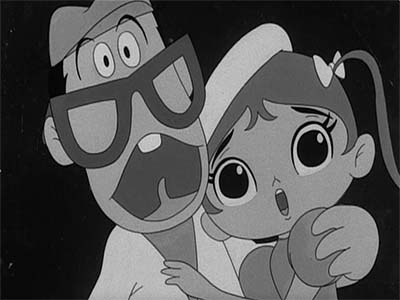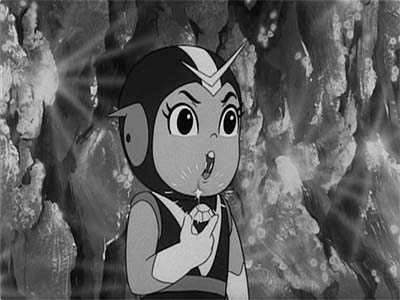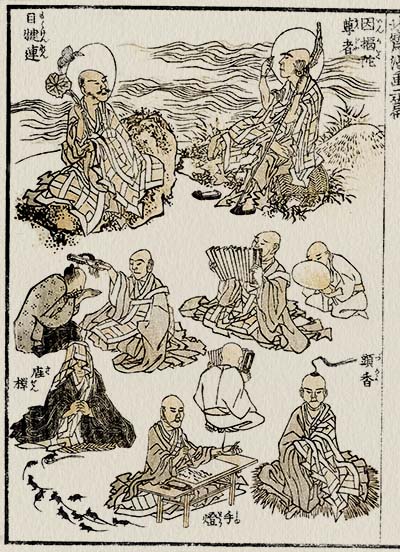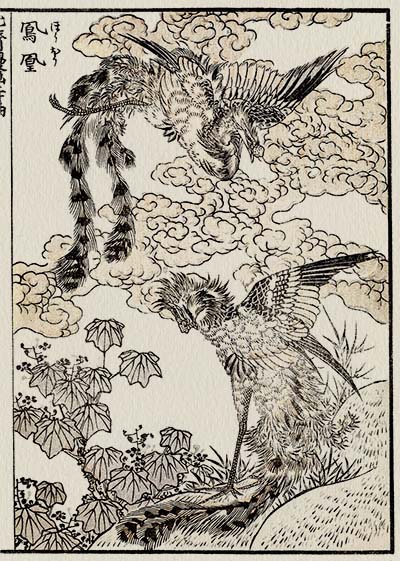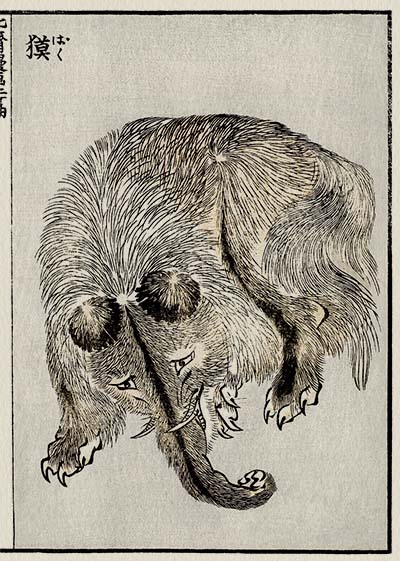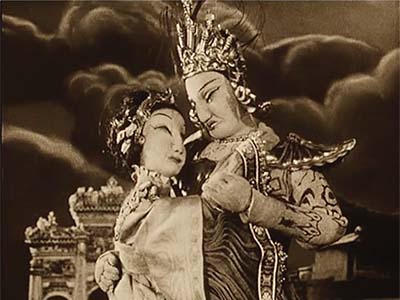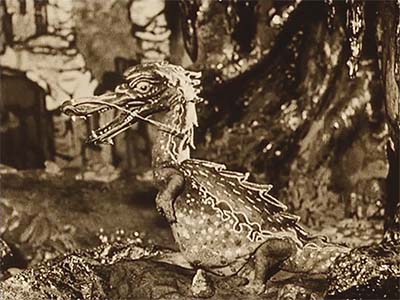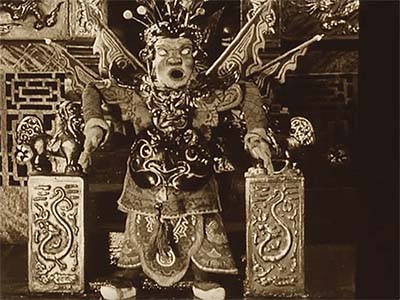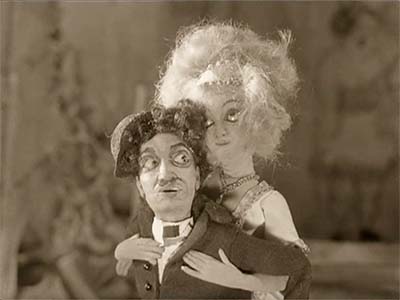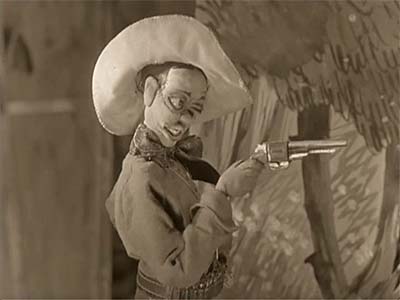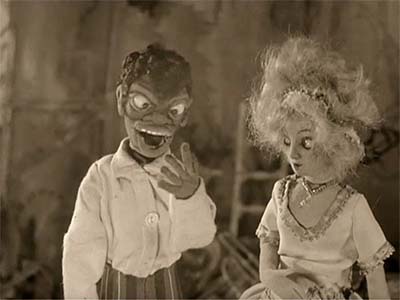People who aren’t members of Animation Resources don’t understand how comprehensive our Reference Packs are. Over a couple of weeks, we are posting what each section of our current RefPack looks like. Today we are sharing the Early Anime section. If you are a member of Animation Resources, click on this post to go to the Members Only page. If you aren’t a member yet, today is the perfect time to join! Our current Reference Pack is one of our best yet, and General and Student Members get access to a special Bonus Archive with even more material from past Reference Packs.
What are you waiting for?![]()
JOIN TODAY!
https://animationresources.org/membership/levels/
JOIN TODAY To Access Members Only Content

Lately, Animation Resources board member JoJo Baptista has been researching the early history of Japanese animation. He has searched out video copies of 1960s anime to add to our Animation Archive. Over the past year, he has accumulated hundreds of hours of rare television programs. We will be will be sharing some of them with you in our Reference Packs. Our members have asked us to share complete films and publications with them, not excerpts, so we will be sharing complete half hour episodes with you. We don’t claim that everything here is great. But there are great bits. You can sift through them and discover the gems for yourself.
Two Episodes Of Early Anime![]()
"Fight Da Pyuta" Ep. 02 / "Space Ace" Ep. 04
Download this article
Japanese animation blossomed on television in the mid-1960s. Many different kinds of series were produced. Some were serious and were aimed at an older audience, some were goofy to entertain kids, and some pioneered the concept of the animated superhero. In a previous Reference Pack, I shared single episodes from two interesting series. This time, I’m sharing another episode of each.
Fight da!! Pyuta. was created by Tsunezo Murotani and directed by Tameo Kohanawa in 1968. The year is significant, because it puts the show two years after the debut of Ralph Bakshi’s Mighty Heroes. The debt to Bakshi’s series is obvious. The show features 1960s style sequences that had to have been influenced by the Terry-Toons superhero parody.
Fight da!! Pyuta takes a Western approach to animation, employing pop art and imagery from American comic books as well as an underscore that features surf guitar and jazzy latin bongos. The backgrounds are often psychedelic and the sound effects are expressed in bam-balloons with English lettering, like in a superhero comic. In this episode the monkey scheduled to pilot Japan’s first rocket into outer space becomes ill, and a contest is held to create a robot monkey pilot to take over the mission for him. The villain’s robot monkey gets eliminated, leaving the hero’s entry as winner. Before the selected robot can take off, a giant robot gorilla is thrown in as a monkey wrench in the works.
This series is very unique. We haven’t found any other Japanese shows that are remotely similar. In fact, it most closely resembles "wacky" cartoons from the early 90s, like "Mighty Mouse: The New Adventures" and "Animaniacs". There are some wild takes in this show, and the anthropomorphizing of inanimate objects to make them resemble the characters is very clever. I imagine this might have appeared to be a little too "American" for Japanese audiences, but it makes the show very accessible to we Yanks.
MP4 Video File / SD / 25:35 / 299 MB Download
The other series we will be featuring this time is called Space Ace. Based on a manga series created in 1964 by Tatsuo Yoshida, the creator of Speed Racer, Space Ace hit the television airwaves very quickly the following year.
Wikipedia describes the show like this… Space Ace is the story of an alien young boy named Space Ace (or Ace for short), given to homesick stargazing with the faces of his loved ones ghosted across the heavens. His tool of preference is the galaxy ring, a flat white hoop he can produce from his fingers to be thrown or ridden upon. The supporting cast includes Dr. Tatsunoko, who is almost a father figure to Ace, and his daughter Asari, Ace’s love interest. Providing the show’s comedy relief is crusading investigative reporter Yadokari, who usually bursts on the scene riding his jet skycycle at the worst possible moment, screaming for Ace to give him interviews and so on. One of the show’s most important characters is "Ebo", Ace’s imagined projection into the night sky depicted as a humanoid robot.
This particular episode deals with an underground kingdom of space aliens, and it is a great example of a bunch of totally different ideas being mixed together for maximum fun. A pair of villains, which I think are intended to represent a Chinese spy and an American gangster threaten the well being of our hero. Things look hopeless until gum is placed in Ace’s mouth like Popeye’s spinach and the candy makes him powerful enough to destroy the villains. There’s wonderful James Bond style music and some truly impressive effects. At the end is a teaser for the next week’s episode which looks even crazier than this one! You really don’t need to speak Japanese to appreciate this show.
In the 1970s, the crush of production necessitated a more "assembly line" approach to production and design. Instead of every show having its own style, the designs began to consolidate— character design, background design and effects animation became standardized. This made it easier for artists to move from show to show, because they didn’t have to learn a new style for every job they worked on. Formulas of how facial features, hair or proportions should be rendered saved time and streamlined the whole Japanese animation industry. While this allowed for the production of many more hours of animation to feed the demand, it took away some of the spontaneity and originality that had flourished in earlier years. Anime from the 80s and 90s is well known in the United States and it has been widely available here for many years, but the early shows from the 60s are very hard to find. These are the ones we will be focusing on in our Reference Packs.
MP4 Video File / SD / 26:11 / 340 MB Download
JOIN TODAY To Access Members Only Content
Animation Resources is one of the best kept secrets in the world of cartooning. Every month, we sponsor a program of interest to artists, and every other month, we share a book and up to an hour of rare animation with our members. If you are a creative person interested in the fields of animation, cartooning or illustration, you should be a member of Animation Resources!
It’s easy to join Animation Resources. Just click on this link and you can sign up right now online…
JOIN TODAY!
https://animationresources.org/membership/levels/
![]()
![]() Animation Resources depends on your contributions to support its projects. Even if you can’t afford to join our group right now, please click the button below to donate whatever you can afford using PayPal.
Animation Resources depends on your contributions to support its projects. Even if you can’t afford to join our group right now, please click the button below to donate whatever you can afford using PayPal.














